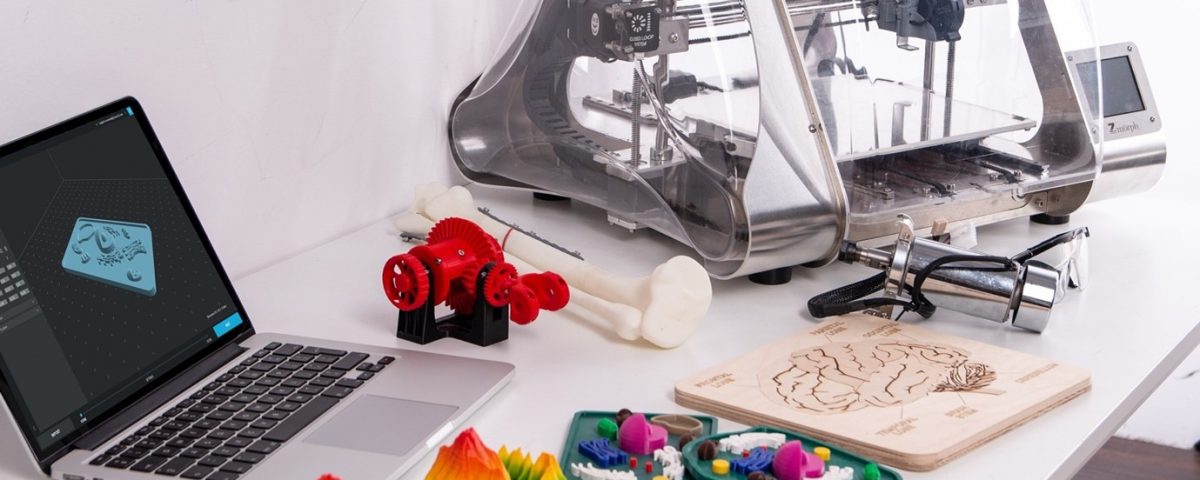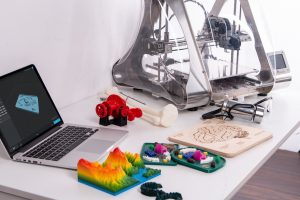3D Printing and Education


3D printing refers to the process of additively building a three-dimensional physical object from a digital model data (Computer Aided Design or scanned object) file by depositing and forming successive layers of material under computer control.
“The disruptive nature of 3D printing” from the Digital Transformation Monitor from the European Commission (2017) reports that by 2021 the 3D printing market could be worth €9.6 billion. 3D printing presents new business opportunities as well as new entrepreneurial models based on transforming digital data into physical objects in remote locations, independent of centralized production and industrial areas by using “printing hubs”. 3D printing as a tool can also motivate, enable and empower with a greater impact on the wellbeing, fostering creativity innovation, DIY “maker mentality” that can be employed in both entrepreneurial and industrial settings.
It is an increasingly popular technology, and its application in education, especially in the STE(A)M education, is growing as well.
With 3D printers, industrial companies can produce customized objects with affordable prices, satisfying customers’ request in having a personalised product. At the same time, 3D printing technology, or Additive Manufacturing (AM), is a disruptive technology and approach to production thanks to the revolutionary design to fulfill social, geopolitical, demographic, and economic environment. Within this context, innovators, inventors and visionaries can produce their proposed designs, adding the artistic value to the STEM approach of 3D printing.
In education, 3D printing also means DIY approach, where students can explore their innovative instinct, experiment, and create with a STE(A)M approach.
3D printers can work with recycled plastic and with gel, especially for medical implants, and using this technology can introduce innovative approaches within education, especially with young targets. A good example would be the case from Pakistani Educational Institutes where the introduction of 3D printing technology has impacted both educators and students.
STEAMonEdu partner ALL DIGITAL participates in the 3D-Print project which is developing a training course for educators to promote employability and entrepreneurship within this innovative field.
In the 3D-Print project, partners have investigated the delivery of 3D-printing courses, outlining the adopted training approaches and the impact of the described learning courses and face-to-face workshops, to provide an overview of the pedagogic approaches that have been used for the teaching of 3D printing for teachers.
This desk research points out that most available 3D printing courses are offered in the form of MOOCs and (fee-based) short introductory courses and workshops by most vocational and higher education institutions (except for some classes on manufacturing technologies). It might be because 3D printing is not (yet) an established field of science and technology (such as robotics or mechatronics).
In terms of the pedagogical approach, online courses tend to rely on visual representations and videos primarily, whereas face-to-face courses adopt a more practical approach. And in the classroom, 3D printing fits neatly with STE(A)M education approaches.
Read a more comprehensive and detailed analysis and examples in the Desk research on pedagogic approaches for teaching 3D printing report to gain a full insight.
3D-PRINT partners are developing an entry-level, easily accessible course for adults to deliver training in 3D printing.
For the latest updates from the 3D-Print project, please check its website.
by ALL DIGITAL
Image by Zmorph


